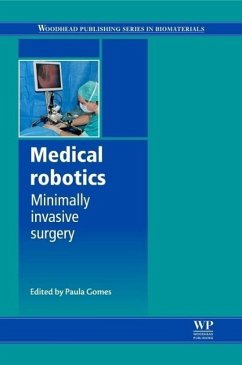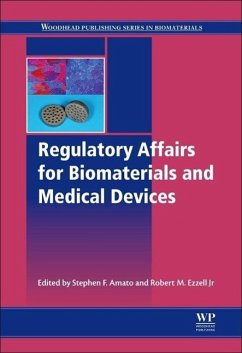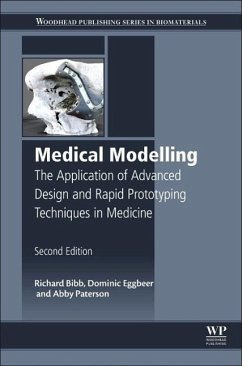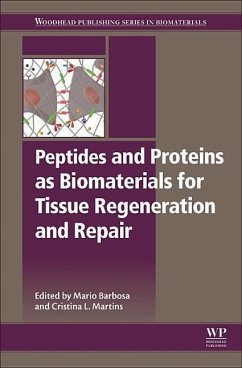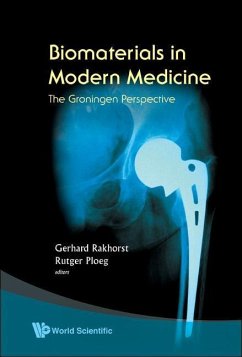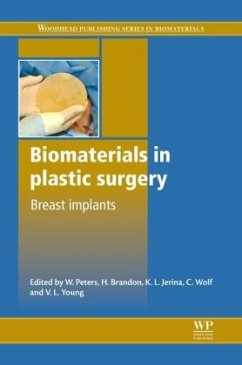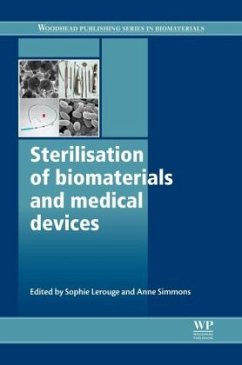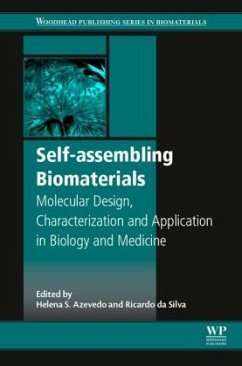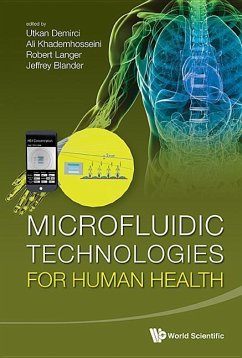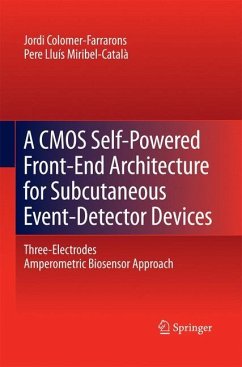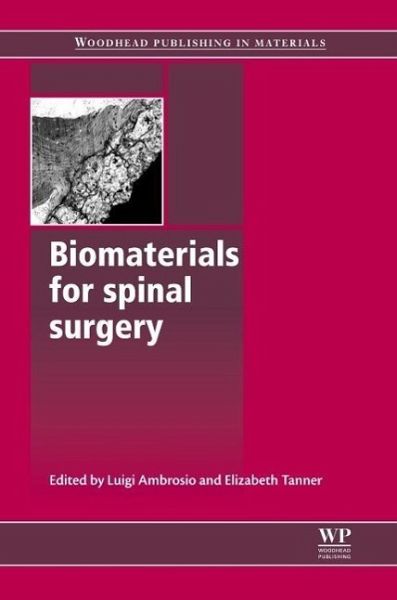
Biomaterials for Spinal Surgery

PAYBACK Punkte
88 °P sammeln!
There have been important developments in materials and therapies for the treatment of spinal conditions. Biomaterials for spinal surgery summarises this research and how it is being applied for the benefit of patients.After an introduction to the subject, part one reviews fundamental issues such as spinal conditions and their pathologies, spinal loads, modelling and osteobiologic agents in spinal surgery. Part two discusses the use of bone substitutes and artificial intervertebral discs whilst part three covers topics such as the use of injectable biomaterials like calcium phosphate for verte...
There have been important developments in materials and therapies for the treatment of spinal conditions. Biomaterials for spinal surgery summarises this research and how it is being applied for the benefit of patients.
After an introduction to the subject, part one reviews fundamental issues such as spinal conditions and their pathologies, spinal loads, modelling and osteobiologic agents in spinal surgery. Part two discusses the use of bone substitutes and artificial intervertebral discs whilst part three covers topics such as the use of injectable biomaterials like calcium phosphate for vertebroplasty and kyphoplasty as well as scoliosis implants. The final part of the book summarises developments in regenerative therapies such as the use of stem cells for intervertebral disc regeneration.
With its distinguished editors and international team of contributors, Biomaterials for spinal surgery is a standard reference for both those developing new biomaterials and therapies for spinal surgery and those using them in clinical practice.
After an introduction to the subject, part one reviews fundamental issues such as spinal conditions and their pathologies, spinal loads, modelling and osteobiologic agents in spinal surgery. Part two discusses the use of bone substitutes and artificial intervertebral discs whilst part three covers topics such as the use of injectable biomaterials like calcium phosphate for vertebroplasty and kyphoplasty as well as scoliosis implants. The final part of the book summarises developments in regenerative therapies such as the use of stem cells for intervertebral disc regeneration.
With its distinguished editors and international team of contributors, Biomaterials for spinal surgery is a standard reference for both those developing new biomaterials and therapies for spinal surgery and those using them in clinical practice.




